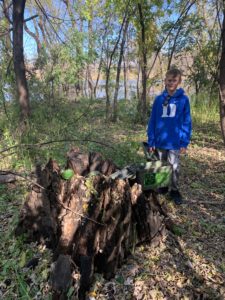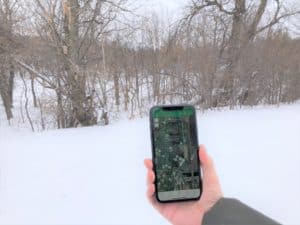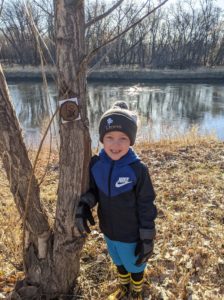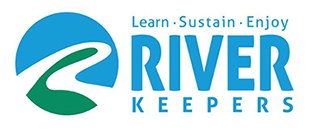PROJECTS & ACTIVITIES:
Geocaches & Scavenger Hunts



River Keepers has entered the Geocache world to teach people more about the Red River via fun adventures.
Red River at M.B. Johnson Park Geocache Adventure

The Ultimate Beginner’s Guide to Geocaching
More information on our Urban Water Cycle Geocaches: The Urban Water Cycle incorporates the water supply system, wastewater system and the stormwater system.
Urban Water Cycle – Fire Hydrant. Fire hydrants are vital to fire protection in urban areas, which is why there are hydrants everywhere. The water is pressurized when it is pumped into the system at the water treatment facility, so it is ready for use at a moment’s notice. If you live in Moorhead near a fire hydrant you have the ability to be a Hydrant Hero! Hydrant Heros help local firefighters by adopting a fire hydrant that you monitor to make sure it is clear of any snow, ice, or debris. This helps prevent local firefighters from having to dig out fire hydrants that get covered in the winter, hindering them from fighting the fire immediately.
Urban Water Cycle – Water Tower. Water towers are used to store and deliver pressurized water to a community. There are nine water towers in the Fargo water system – two that are one million gallons each, and seven that are half a million gallons. The water comes from the Fargo Water Treatment Plant, which sources most of its water from the Red River.
There are four water towers spread throughout Moorhead. Combined, MPS’ distribution system holds 8.65 million gallons when filled, enough for roughly two full days of drinking water supply during the colder months of the year.
Urban Water Cycle – Storm Drain. Storm drains allow rainwater and snowmelt to drain into the Red River instead of flooding streets and other urban areas. As stormwater flows along streets, it can collect trash, leaves, grass clippings, pet waste, car fuels and other pollutants that run into storm drains. Pesticides, paints, antifreeze, and used motor oil can end up in storm drains when people dispose of them improperly. This is an illicit discharge and is against city ordinances.
Many storm drains in Fargo, Moorhead and West Fargo are labeled with special markers, just like the one at this location to remind people not to dump down the storm drains. River Keepers coordinates a Storm Drain Marking Program which is a volunteer program to protect the Red River by linking human actions to pollution problems. Volunteers mark these storm drains and distribute door hangers to teach others about stormwater. If you’re interested in becoming a volunteer for River Keepers, check out riverkeepers.org/volunteer.
Urban Water Cycle – Water Treatment Plant. The majority of our drinking water in Fargo, Moorhead and West Fargo comes from the Red River.
The Fargo Water Treatment Plant is capable of producing 45 million gallons of clean water every day. On average, this plant treats about 14 million gallons of clean water a day. The treated water gets pumped into the system by the pump station at 13th Avenue South and 5th Street South, and a lot of it is stored in water towers and two underground storage tanks in the system.
Moorhead Public Service (MPS) Water Division treats drinking water and pumps it to the cities of Moorhead and Dilworth. MPS takes raw water from the Red River of the North, as well as groundwater from 7 wells located across 3 different well fields, to supply drinking water for the two cities. On average, the Moorhead Water Treatment Plant (WTP) treats 4.25 million gallons per day. The Moorhead WTP uses centralized softening to remove hardness from the raw water sources. After this softening step, ozone is used for primary disinfection. After ozonation, the water is filtered through MPS’ dual media filtration beds which use granular activated carbon (GAC) to help remove any remaining taste and odor compounds. Once this filtration step is complete, secondary disinfectants are added to keep the finished drinking water safe as it is pumped to two underground reservoirs that contain a combined 5.5 million gallons of finished water, two ground tanks that each hold 500,000 gallons, and four water towers spread throughout Moorhead.
Go explore the Red River on your own utilizing these fun scavenger hunts!
Check out our FREE Stream Sense Activity Tote that can be used with these scavenger hunts . Find more information by clicking here.:
